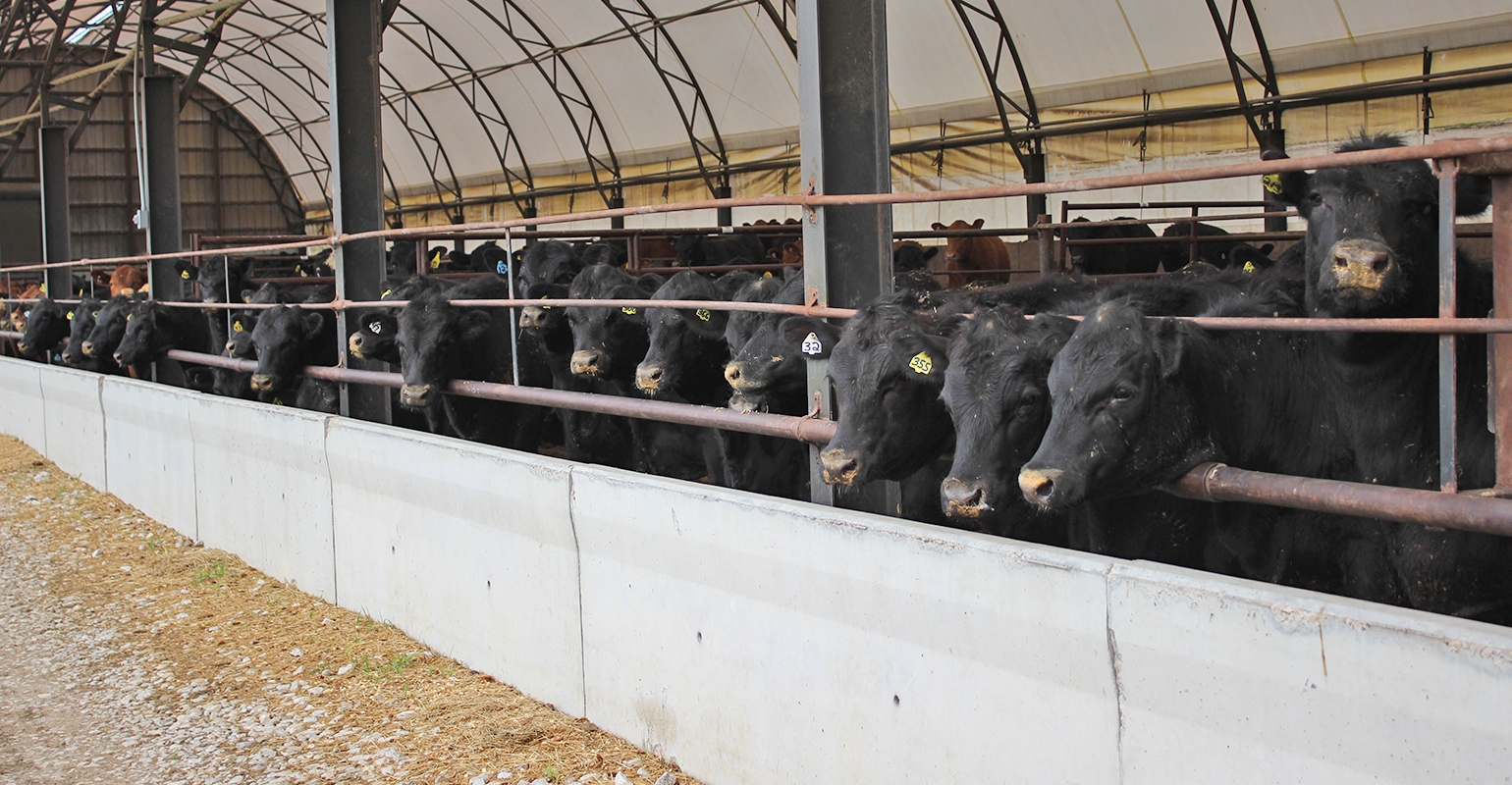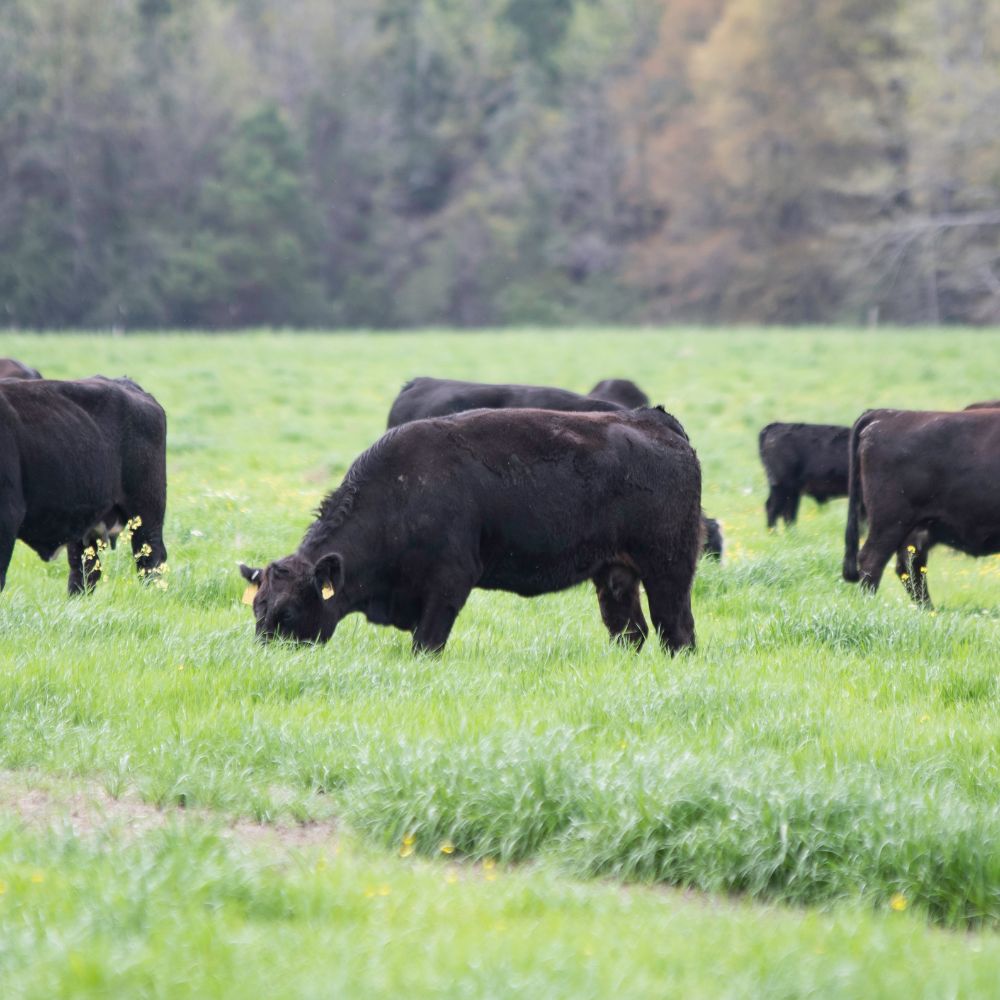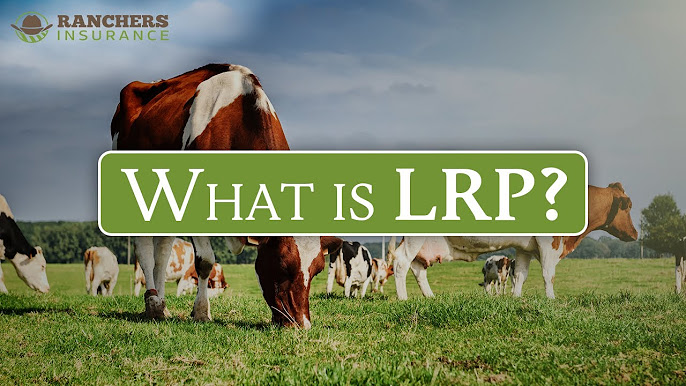Proactive Security: Bagley Risk Management Tips
Proactive Security: Bagley Risk Management Tips
Blog Article
Understanding Animals Danger Defense (LRP) Insurance: A Comprehensive Overview
Browsing the realm of animals danger security (LRP) insurance can be an intricate endeavor for several in the agricultural industry. This kind of insurance coverage offers a safeguard versus market fluctuations and unpredicted situations that can affect livestock producers. By comprehending the intricacies of LRP insurance policy, producers can make educated decisions that may secure their procedures from economic dangers. From just how LRP insurance functions to the different insurance coverage options offered, there is much to uncover in this thorough overview that might possibly shape the method animals manufacturers approach risk administration in their services.
How LRP Insurance Works
Sometimes, recognizing the mechanics of Animals Danger Defense (LRP) insurance coverage can be complex, yet breaking down exactly how it works can give quality for farmers and breeders. LRP insurance policy is a risk monitoring tool made to safeguard livestock manufacturers against unanticipated rate declines. The plan permits producers to establish a protection degree based on their certain needs, choosing the variety of head, weight range, and insurance coverage rate. When the plan is in place, if market rates fall listed below the protection price, manufacturers can sue for the difference. It's important to keep in mind that LRP insurance coverage is not a revenue assurance; rather, it focuses entirely on rate risk security. The coverage period usually varies from 13 to 52 weeks, providing flexibility for manufacturers to choose a duration that straightens with their production cycle. By using LRP insurance policy, ranchers and farmers can reduce the economic dangers connected with varying market costs, making sure higher stability in their operations.
Qualification and Coverage Options

When it concerns protection alternatives, LRP insurance uses manufacturers the adaptability to pick the insurance coverage degree, protection period, and endorsements that finest match their risk administration demands. Insurance coverage degrees usually vary from 70% to 100% of the anticipated finishing worth of the insured livestock. Manufacturers can additionally pick insurance coverage durations that align with their production cycle, whether they are guaranteeing feeder cattle, fed cattle, swine, or lamb. Endorsements such as cost threat defense can better customize protection to shield versus damaging market changes. By recognizing the qualification standards and protection choices offered, livestock manufacturers can make informed choices to take care of risk successfully.
Advantages And Disadvantages of LRP Insurance Coverage
When assessing Livestock Threat Protection (LRP) insurance, it is essential for animals producers to weigh the benefits and downsides integral in this danger management tool.

One of the primary advantages of LRP insurance is its ability to offer protection versus a decline in livestock prices. Furthermore, LRP insurance policy uses a degree of versatility, permitting manufacturers to tailor insurance coverage levels and plan periods to fit their details needs.
However, there are also some drawbacks to consider. One limitation of LRP insurance is that it does not protect against all kinds of threats, such as condition episodes or all-natural catastrophes. Premiums can in some cases be expensive, especially for manufacturers with large livestock herds. It is essential for manufacturers to carefully evaluate their individual threat direct exposure and monetary situation to determine if LRP insurance policy is the right danger management tool for their operation.
Understanding LRP Insurance Premiums

Tips for Making The Most Of LRP Perks
Taking full advantage of the benefits of Animals Risk Security (LRP) insurance coverage calls for tactical preparation and positive threat monitoring - Bagley Risk Management. To maximize your LRP coverage, consider the complying with tips:
On A Regular Basis Assess Market Conditions: Keep educated regarding market trends and cost variations in the animals market. By keeping an eye on these variables, you can make informed decisions regarding when to buy LRP protection to protect against prospective losses.
Set Realistic Insurance Coverage Degrees: When picking coverage levels, consider your manufacturing expenses, market value of livestock, and potential risks - Bagley Risk Management. Establishing practical protection degrees guarantees that you are effectively protected without paying too much for unnecessary insurance policy
Expand Your Protection: Rather discover this of counting entirely on LRP insurance, take into consideration diversifying your risk monitoring strategies. Incorporating LRP with other risk monitoring tools such as futures contracts or alternatives can supply thorough protection versus market uncertainties.
Testimonial and Adjust Protection Consistently: As market conditions change, periodically evaluate your LRP coverage to ensure it lines up with your existing risk exposure. Changing coverage degrees and timing of acquisitions can assist optimize your risk defense method. By complying with these pointers, you can make best use of the benefits of LRP insurance policy and protect your livestock procedure versus unforeseen threats.
Conclusion
To conclude, animals risk defense (LRP) insurance policy is a valuable device for farmers to take care of the economic dangers related to their animals procedures. By recognizing just how LRP works, eligibility and protection choices, along with the pros and disadvantages of this insurance coverage, farmers can make enlightened choices to secure their livelihoods. By meticulously thinking about LRP costs and implementing methods to make best use of advantages, farmers can mitigate possible losses and make certain the sustainability of their procedures.
Livestock producers interested in acquiring Livestock Threat Security (LRP) insurance coverage can discover a variety of eligibility requirements and coverage choices customized to their certain livestock operations.When it comes to insurance coverage choices, LRP insurance uses manufacturers the adaptability to select the protection degree, insurance coverage period, and endorsements that ideal fit their risk monitoring demands.To realize the details of Livestock Risk Defense (LRP) insurance policy completely, recognizing the variables influencing LRP insurance costs is essential. LRP insurance policy premiums are identified by numerous components, consisting of the coverage degree picked, the anticipated rate of livestock at the end of the protection period, the type of livestock being guaranteed, and the size of the insurance coverage period.Review and Change Protection Consistently: As market problems transform, regularly evaluate your LRP coverage description to ensure it straightens with your existing danger exposure.
Report this page